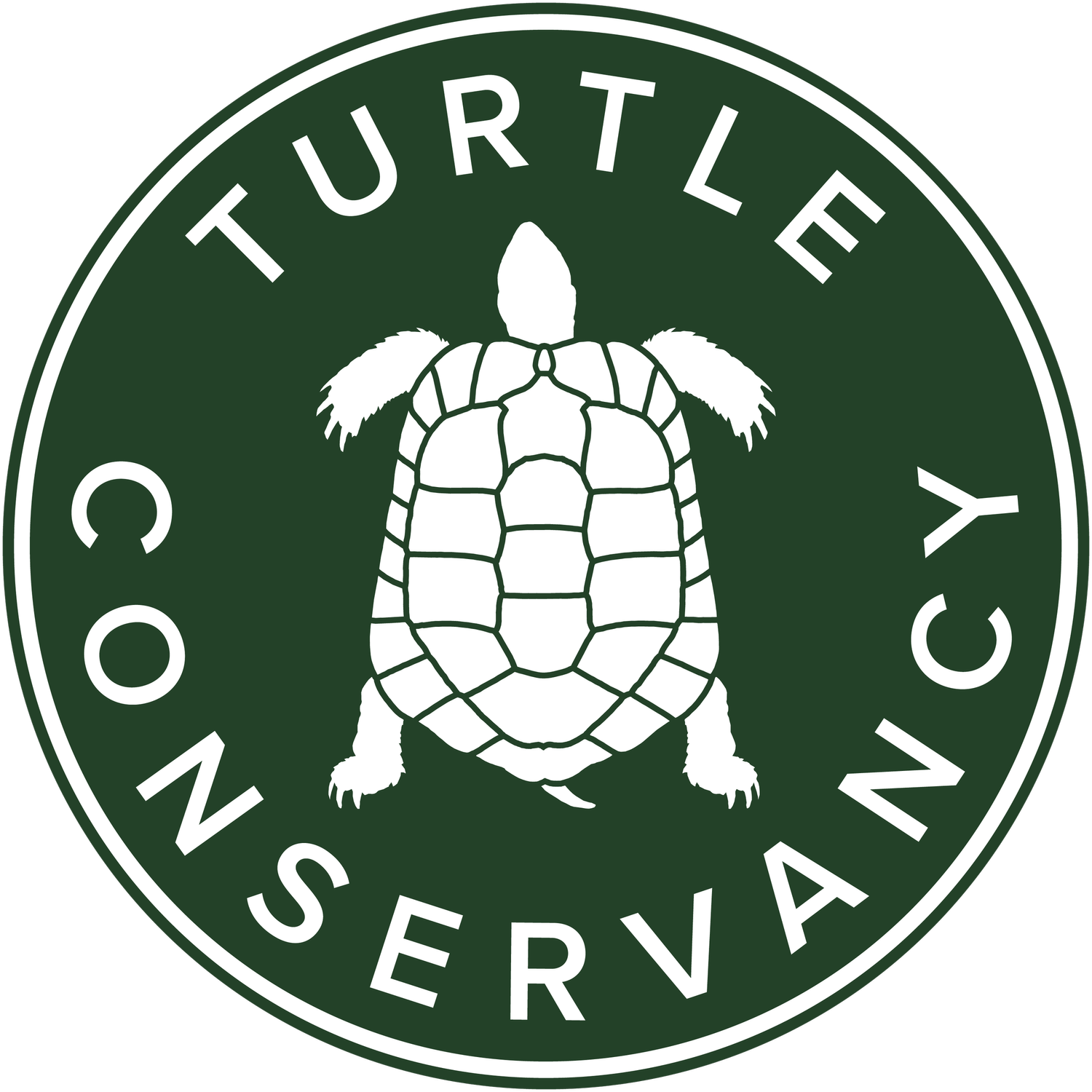Paul Gibbons, D.V.M.
Dr. Paul Gibbons serves as Chief Operating Officer of the Turtle Conservancy as well as Managing Director and Veterinarian of the Behler Chelonian Center. He earned his Doctor of Veterinary Medicine from the University of Illinois in 1994. He later completed a residency in avian, herpetological, and non-domestic mammal medicine at University of California–Davis followed by a Master of Science emphasizing diagnostic assay validation and wildlife disease ecology.
His work experience is diverse and includes research with the United States Fish and Wildlife Service, United States Geological Survey, California Department of Parks and Recreation, and University of California–Davis Wildlife Health Center as well as veterinary consultation and private practice at locations throughout North America. During his career, Paul has been very active in veterinary organizations and conferences as well as serving on the editorial and review teams for several scientific journals. He is Past-President of the Association of Reptilian and Amphibian Veterinarians and Chaired the committee to create the American veterinary reptile and amphibian specialty. His work is published in numerous scientific journals, conference proceedings, and lay periodicals, and he has been an invited educator at professional conferences and conservation facilities in Africa, Asia, Europe, South America, and throughout North America. In 2009, Paul was selected by his peers for the “Exotic DVM of the Year Award.” He currently serves the Association of Zoos and Aquariums as program leader of the Ploughshare Tortoise Species Survival Plan, member of the Radiated Tortoise SSP Advisory Committee, and on the Steering Committee of the Chelonian Advisory Group; he is a member of the IUCN Tortoise and Freshwater Turtle Specialist Group and the Conservation Breeding Specialist Group.
Paul’s love of reptiles started as a youth when he spent countless days and nights searching out the local herpetofauna of southern Illinois. His mother was kind enough to allow him to keep the fruits of his labor for no more than 2 weeks; just enough time for him to bring home the next hapless red-eared slider, eastern box turtle, frog, toad, or snake and learn all he could about it before dutifully releasing it safely back into the wild.

